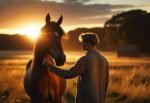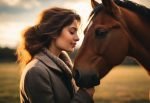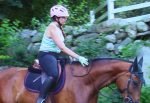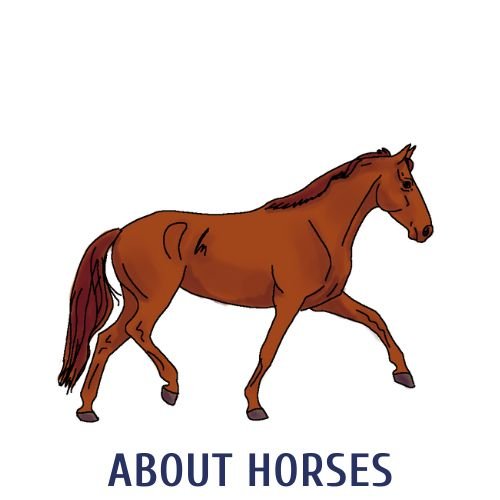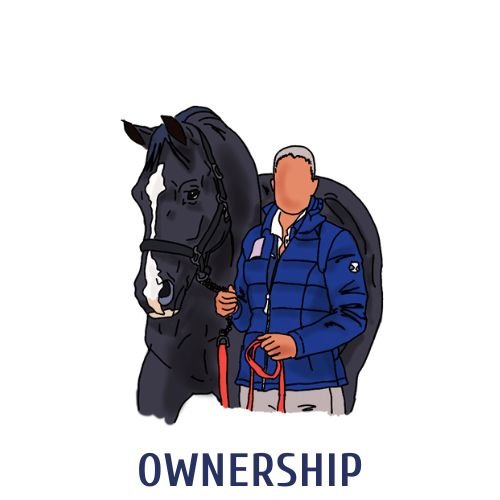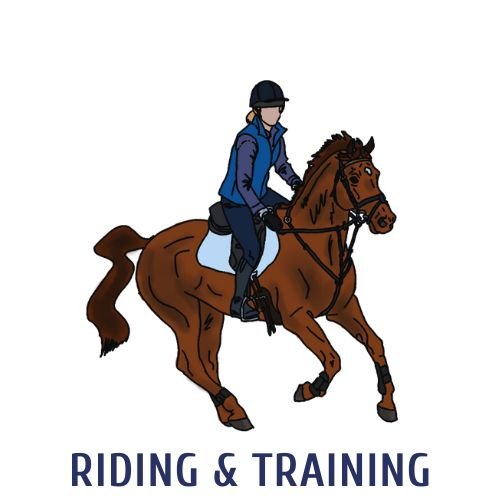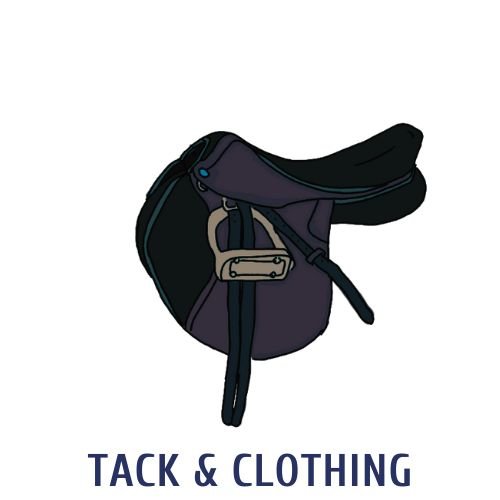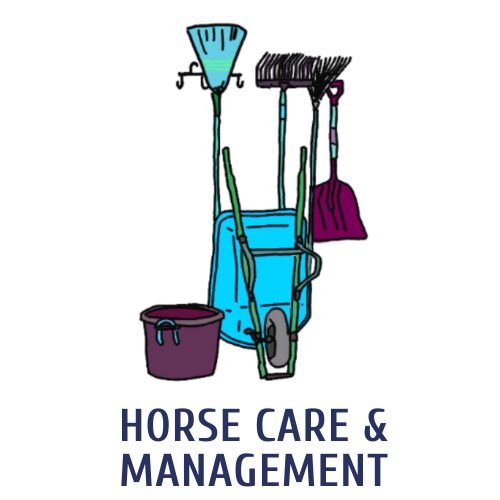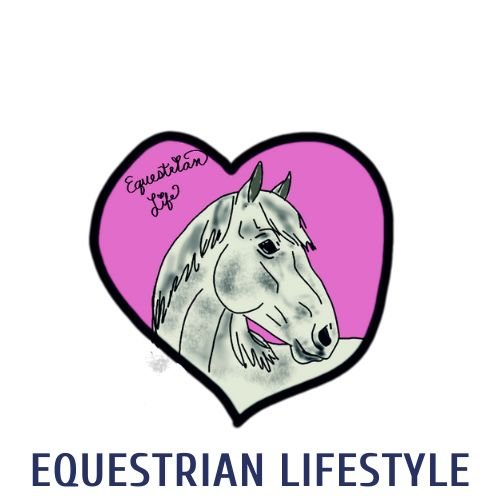Your Go-To Resource For All Things Equestrian!
Get started with 👇
Most Recent
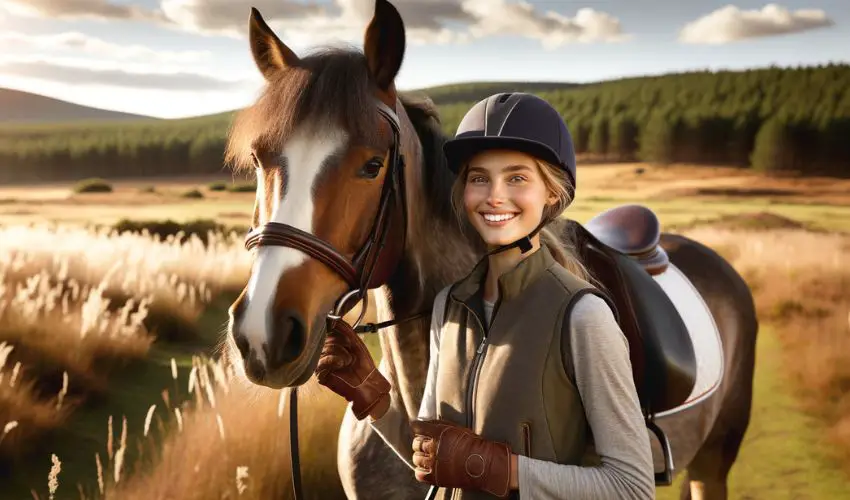
Horse Riding & Training, Beginner, Horseback Riding
What Are The Benefits Of Horseback Riding?
Discover the surprising benefits of horseback riding! From boosting your health to enhancing happiness and creating lasting friendships, find out how this amazing activity can change your life. Learn more about the joy and advantages riding brings.


